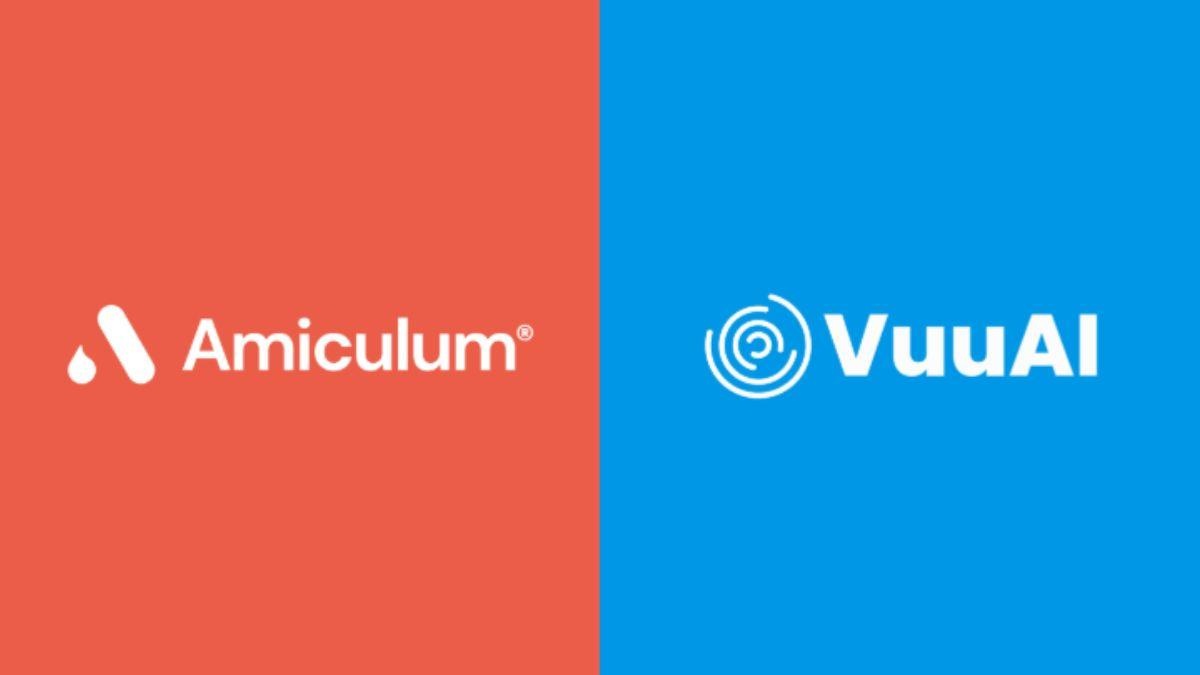Balancing efficiency with risks: How biopharma companies can program rather than write regulatory submissions

For decades, creating regulatory submissions has followed the same laborious process: scientists or medical writers read through study reports, digest complex information, and then manually author summaries and analyses. This approach is not only time-consuming, taking weeks to draft a single document, but it also diverts valuable scientific expertise away from research.
Today, we stand at a transformative moment for regulatory processes as AI technologies enable companies to program, rather than write, submissions to health authorities. The contrast is stark: what we’ve witnessed many times firsthand at Weave Bio is that what once took a week of intensive effort can now be accomplished in five minutes with the push of a button.
The AI revolution in regulatory submissions
The traditional regulatory submission workflow requires authors to thoroughly comprehend source documents, mentally process complex scientific information, and then craft narratives that accurately represent the data. This cognitively demanding process creates bottlenecks in drug development timelines.
With AI-powered systems, however, this workflow fundamentally changes. Source documents are uploaded, the system analyses them, and a draft is generated automatically. The human's role shifts from author to reviewer - steering and refining machine-generated content, rather than creating it from scratch.
In our experience working alongside biopharma companies using this technology, three specific benefits consistently emerge.
First, the time savings are dramatic and measurable. For standard documents, we've observed teams achieve 70-80% reduction in drafting time, allowing regulatory submissions to proceed on accelerated timelines.
Second, scientists can focus on science, rather than writing. What's become apparent is that, for many researchers, writing is not their primary skill or preferred task. Automating this aspect allows them to apply their expertise where it matters most: evaluating scientific merit and strategic implications.
Third, consistency improves across documents. From what we've seen, AI systems apply standardised formatting and language conventions, reducing variability that often occurs with multiple human authors.
For example, in a collaboration with a top 20 pharmaceutical company, we systematically evaluated AI-generated content across 100 independent studies. The results demonstrated 96% factual accuracy - comparable to human writers - while significantly reducing production time. This controlled experiment provided objective evidence that programmatic approaches can maintain quality while improving efficiency.
Implementation strategies and challenges
What has surprised us most about implementations is that technical setup is straightforward, typically requiring just a few hours. The greater challenge lies in the behavioural shift.
Teams must transition from directly writing content to guiding an AI system through iterative prompts. Instead of making specific edits, users provide instructions like "reduce detail in the experimental design section" or "expand on safety findings." Therefore, this new interaction model requires different skills and mindsets.
Companies need not adopt an all-or-nothing approach. Some teams choose to use AI only for initial drafting, exporting content for traditional editing. Others embrace end-to-end solutions where every step - from drafting to review, collaboration, and final submission - happens within the AI-enhanced environment.
The optimal approach depends on an organisation's existing processes, comfort with technology, and specific documentation needs. Documents with standardised formats (like toxicology reports) typically achieve higher automation success than complex manufacturing sections that may require more specialised handling.
Navigating the risk landscape
The foremost concern in programmatic submissions is accuracy. Can we trust AI not to "hallucinate" facts or misrepresent critical data? Through careful system design and multiple quality control mechanisms, modern systems are achieving remarkable accuracy rates.
However, verification remains essential. Effective implementations must include built-in traceability features that allow reviewers to quickly verify statements against source documents.
Lastly, what's become clear is that current AI systems excel at transforming information, but struggle with strategic emphasis and narrative development. They faithfully report what happened in studies, without necessarily highlighting the most relevant findings for regulatory strategy.
This limitation underscores why human expertise remains irreplaceable. The most successful implementations we've witnessed pair AI's information processing capabilities with human judgment. The technology accelerates the process, but experienced professionals must still guide the strategic direction and ensure the submission tells a coherent, compelling story about the drug candidate.
The transition from writing to programming regulatory submissions represents one of the most significant efficiency opportunities in drug development today. By thoughtfully implementing AI systems with appropriate human oversight, biopharma companies can dramatically accelerate submission timelines without compromising quality or compliance.
The key to success lies not in technology alone, but in rethinking workflows and roles. Organisations that strategically balance automation with human expertise will gain competitive advantages in bringing life-changing therapies to patients faster and more efficiently than ever before.
About the author
 Brandon Rice is chief product officer at Weave Bio, an AI-powered, regulatory automation management platform for the entire lifecycle of a therapeutic candidate.
Brandon Rice is chief product officer at Weave Bio, an AI-powered, regulatory automation management platform for the entire lifecycle of a therapeutic candidate.












